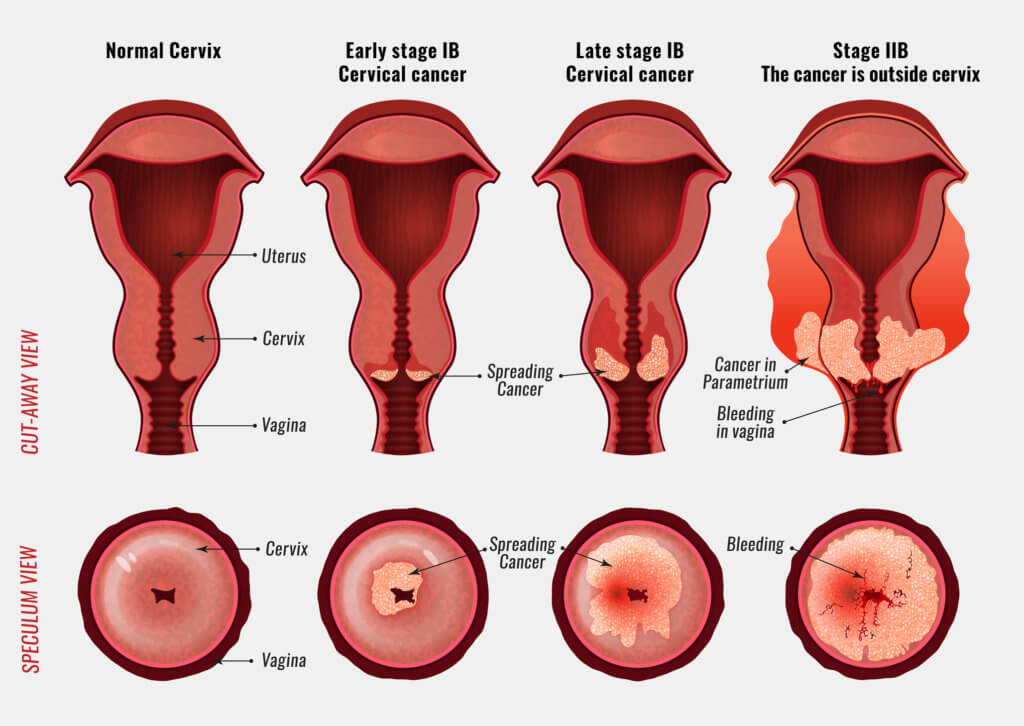Cervical Cancer
Learn more about cervical cancer and how its treated at Singing River Cancer Center.
About the Cervix
Also known as the “mouth of the womb,” the cervix is what holds a person’s pregnancy in place inside the uterine cavity until the fetus is fully developed. During labor, the cervix slowly opens (dilates) until the baby is delivered.
Abnormal Pap Smears and HPV
The cervix is prone to develop precancerous cells that may turn into cancer over time, particularly if a woman has been exposed to Human Papilloma Virus (HPV).
It is important to understand that not all abnormal pap smears mean that the patient has cancer. Pap smears are taken in order to screen healthy, asymptomatic women for pre-cancerous lesions of the cervix.
Cervical Dysplasia and CIS
Most abnormal pap smears are due to pre-cancerous changes “Cervical Dysplasia” and “Carcinoma-in-Situ” (CIS). Neither of these conditions is a cancer. Both are pre-cancerous changes, and these cells that may removed in such a way does not affect your fertility. However, if left untreated, CIS may progress to an invasive cancer over several years.

Invasive Cancer of the Cervix
If CIS is left untreated, it may progress to an invasive cancer. Invasive Cancer of the Cervix is a serious condition that involves consulting with a Gynecologic Oncologist.
Treatment for Invasive Cancer of the Cervix
Surgery
Early stages of this cancer may be treated surgically. The surgeon removes the cancerous tissue as well a margin of the surrounding healthy tissue. This way, the surgeon can be confident that all of the cancer was removed.
Radiation and Chemotherapy
More advanced stages are generally treated with Radiation and Chemotherapy. Surgery is less effective in advanced stages because it is not possible to surgically remove the same margin of cancer-free tissue. However, with radiation therapy, we are able to treat a wider area than can be removed surgically. In many cases, this eradicates the cancer.
Patients receive chemotherapy (most commonly a drug called “Cisplatin”) by IV (intravenously) in order to help the radiation work better. The chemotherapy acts as a “radiosensitizer, making cancer cells more sensitive and vulnerable to radiation.
At the end of the radiation therapy, many times the patient will also receive some radiation treatments directly to the Cervix. Your treatment plan will be discussed with you when you come in to see the Gynecologic Oncologist.
